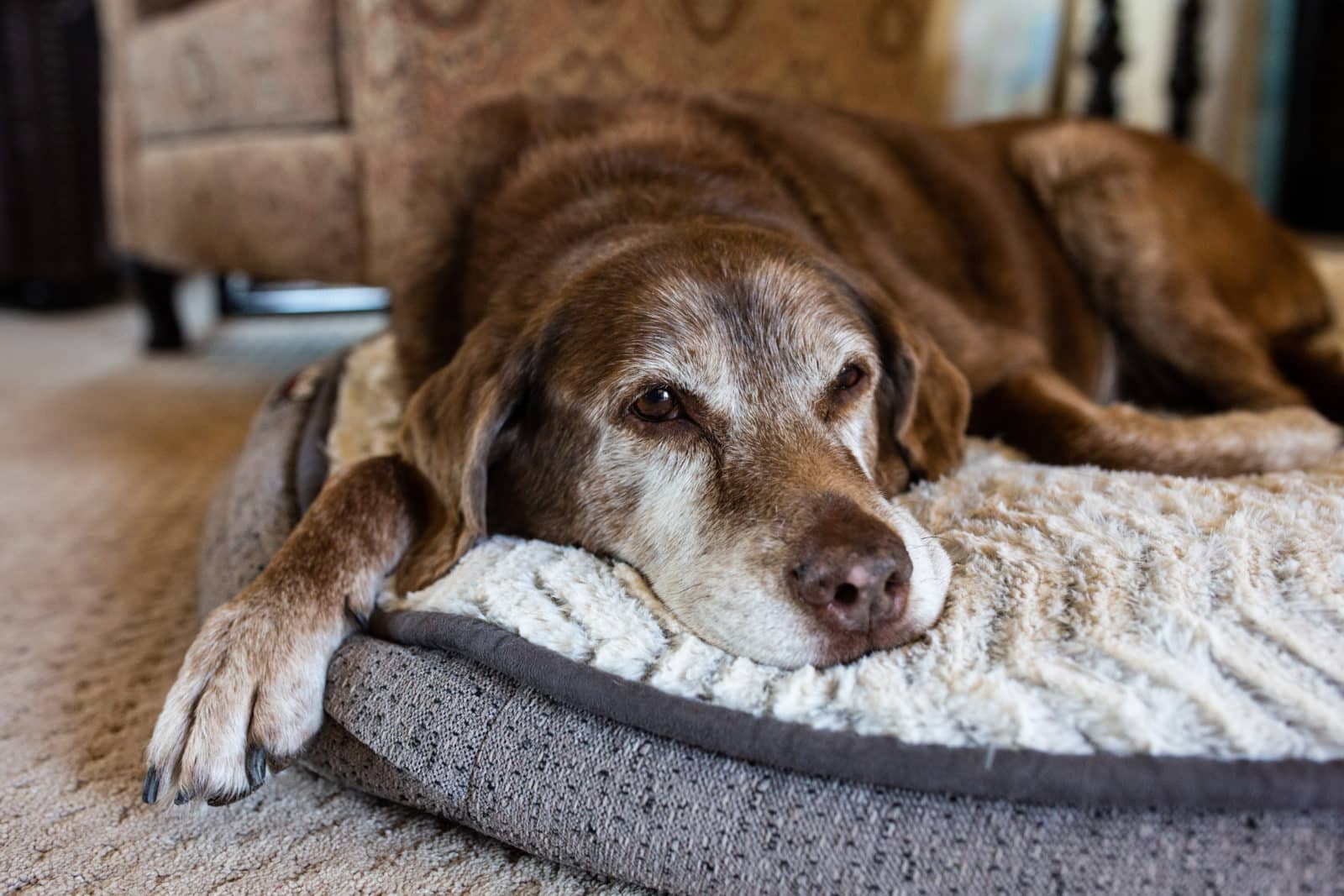Blog Arthritis Problems in Dogs
Arthritis in Dogs, also known as osteoarthritis and Canine Arthritis, is pain and inflammation in a dog’s joints and/or muscles. One of five dogs will be affected by osteoarthritis at some point in their lifetime.
Arthritis Symptoms
It’s possible for a dog to have one or more of the following symptoms when diagnosed with Osteoarthritis.
- Stiff Walking
- Hesitation to run, jump, or climb stairs.
- Pain when touched in certain areas
- Certain positions may appear uncomfortable
- Lack of flexibility in their joints
- Showing more favor towards certain limbs
- Discomfort when getting up from any lying down position
Causes of Arthritis
Osteoarthritis has been known to occur from the following:
- Joint infection
- Dislocating a bone
- Joint Trauma
- Inherited conditions such as hip dysplasia, ruptured cruciate ligaments, patella luxation, and joint trauma.
- Immune System Deficiencies
- Obesity
- Bone fracture involving a joint
- Aging
- Natural erosion of cartilage
Diagnosing Arthritis
The vet will check a dog’s previous medical history to determine past injuries and inherited conditions if any apply. The vet may also conduct a physical exam. This exam can determine if a dog experiences pain or discomfort in certain joints.
Most diagnosis for arthritis, however, is done through joint x-rays. These x-rays show bone spurs, extra bone, at parts where the joints and ligaments attach to the bone.
Breeds More Prone to Arthritis
Just like most ailments in dogs, Arthritis is more susceptible to certain breeds. Mastiffs and Great Danes are the most susceptible to Arthritis, but all breeds can develop it through the other causes mentioned.
Treating Arthritis
Arthritis, once the dog has the symptoms is incurable. Because it’s incurable it’s very important to get with your vet to create a program that will minimize your dog’s pain to the best that you can.
A few ways to help with the aiding of arthritis is:
- The use of antibiotics, painkillers, or anti-inflammatories.
- The use of nutritional supplements
- Healthy dieting and low-impact exercise
- Physical Therapy
- Acupuncture
Using all of these together to create one program will help minimize your dog’s pain to the best ability that you and your vet can.

